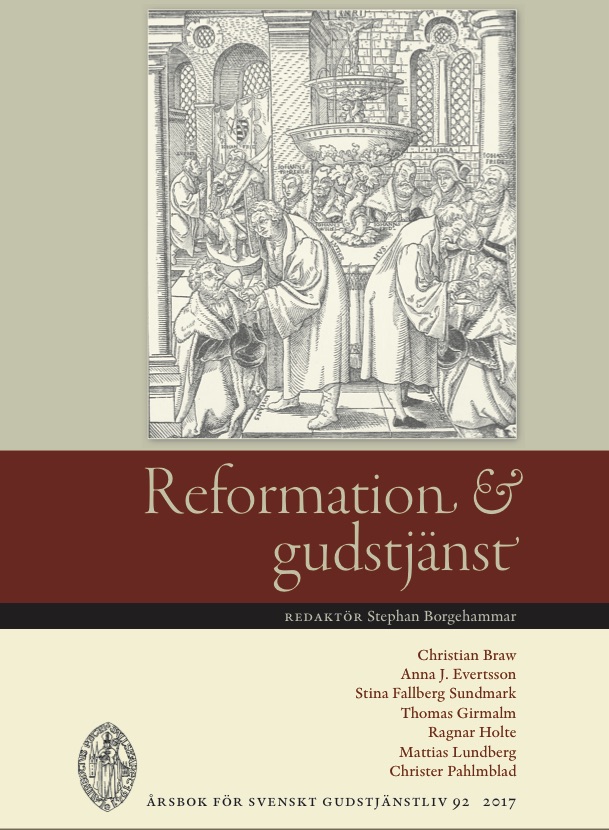The Body and the Senses in Contemporary Spirituality.
The ”Beads of Christ” as an Example
Abstract
The Beads of Christ (”Frälsarkransen”) is in its standard form a bracelet with eighteen beads of different shape and colour, invented in 1995 by Martin Lönnebo, who was then bishop of the diocese of Linköping (Church of Sweden). Each bead has a specific theme which the bearer can meditate on. Instructions emphasize the phy-sical character of the devotion, that prayer is not merely words but also sound, touch and movement. In this sense, the Beads of Christ may be said to be an instance of the return of more physical forms of devotion in Protestant churches.
The article analyses the Christology in the various guides and aids available for users of the Beads of Christ. Some texts are clearly Christological, emphasizing the importance of following and imi-tating Christ. However, the word ”God” is used twice as often as ”Christ”, ”Jesus” or ”the Son”. Moreover, the devotion has a mar-kedly individualistic tendence, even though some texts stress the importance of combatting self-centredness. It seems as if the devo-tion seeks to accomodate both secularized seekers and Christians who want an aid to prayer.
The article also describes a number of adaptations of the Beads of Christ in the form of ”installations” of various sizes, from candle-holders to a 180 meter long via sacra in Linköping Cathedral where the large ”beads” of glass are found under glass tiles in the floor. Other installations have been made outdoors. These objects can be used for both individual and group devotions, in churches in the manner of the Stations of the Cross, outdoors as places of meditation on an excursion or pilgrimage.
The Beads of Christ, then, are a good example of how verbal forms of expression in Protestant worship and devotion are increasingly accompanied by visual and material aids that engage the body and the senses and frequently invite action. Not least a combination of tactility and mobility – beads and pilgrimage – seems to attract many people of today.
The Christological deficit of the devotion could perhaps be recti-fied by adding an image of Christ to the bracelet (in the manner of the crucifix on rosaries) or an icon of Christ next to one of the larger objects. Pedagogically, added images of Christ could contribute to the transmission of Christian beliefs.
Downloads
Published
Issue
Section
License
© the authors, Laurentius Petri Sällskapet för Svenskt Gudstjänstliv and Artos & Norma Bokförlag. Copying and using material from Svenskt Gudstjänstliv for scholarly purposes is permitted as long as the source is indicated. For other uses, please contact the respective author as well as the publisher. Special restrictions may apply to images.


